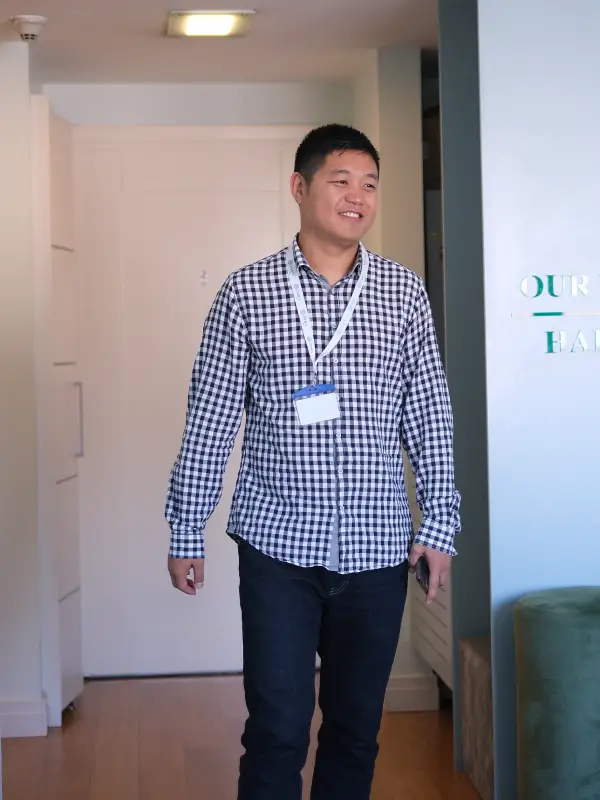Autism, formally known as Autism Spectrum Disorder (ASD), is a developmental condition that significantly impacts social interaction, communication, and behavior. Among the numerous challenges faced by individuals with autism, difficulties with communication are often one of the most prominent. This is where speech therapies play a vital role in enhancing the quality of life for individuals with autism.
Table of Contents
Understanding Autism and Communication Challenges
Autism is characterized by a spectrum of symptoms that vary widely from one individual to another. For some, autism may manifest as a complete lack of verbal communication, while others may exhibit limited vocabulary, echolalia (repetition of words), or difficulties in understanding nonverbal cues such as facial expressions and gestures.
These communication barriers can hinder the ability of individuals with autism to express their needs, form relationships, or engage with their surroundings effectively. Addressing these issues requires targeted interventions, and speech therapies are at the forefront of these efforts.
The Role of Speech Therapies in Autism
Speech therapies are evidence-based interventions designed to improve communication abilities in individuals with autism. They encompass a variety of techniques tailored to the unique needs of each individual. The goal of speech therapies is not only to enhance verbal communication but also to address nonverbal skills, such as understanding gestures and improving social interactions.
1. Improving Verbal Communication
For individuals with autism who have limited or delayed speech, speech therapies provide structured strategies to develop vocabulary and sentence formation. Therapists often use repetition, visual aids, and positive reinforcement to encourage speech development.
2. Enhancing Nonverbal Communication
Many individuals with autism rely on nonverbal communication. Speech therapies teach them how to use tools like picture exchange communication systems (PECS) or sign language to convey their thoughts. These methods can be life-changing, allowing individuals with autism to communicate effectively even if they remain nonverbal.
3. Social Communication Skills
Autism often impairs the ability to engage in social conversations. Speech therapies work to improve pragmatic skills, such as understanding turn-taking, maintaining eye contact, and interpreting the emotions of others. These skills help individuals with autism navigate social interactions more comfortably.

Techniques Used in Speech Therapies for Autism
Speech therapists employ a range of specialized techniques to address the diverse needs of individuals with autism. These include:
• Applied Behavior Analysis (ABA): A structured approach to teaching communication and social skills through reinforcement.
• Prompt Therapy: Helping individuals with autism form correct speech sounds through tactile prompts.
• Play-Based Therapies: Engaging children in play activities to make learning communication more enjoyable and natural.
• Technology-Assisted Communication: Devices like speech-generating applications and assistive communication tools are widely used in speech therapies to support individuals with autism.
Benefits of Early Intervention
Research consistently highlights the importance of early intervention in autism. Speech therapies introduced during the early developmental years have a profound impact on improving communication skills. Early therapies allow individuals with autism to build a strong foundation for language and social interactions, leading to better outcomes in adulthood.
Challenges in Speech Therapies for Autism
Despite their proven benefits, speech therapies for autism are not without challenges. Individual differences in the autism spectrum mean that no single approach works for everyone. Additionally, access to qualified speech therapists and therapy resources may be limited in certain areas, creating barriers for families seeking support.
The Future of Speech Therapies for Autism
Advancements in technology and research continue to revolutionize speech therapies for autism. Virtual reality, artificial intelligence, and machine learning are being integrated into therapy models to make them more accessible and effective. These innovations promise a future where every individual with autism can receive personalized and impactful speech therapies.
Conclusion
Autism and speech therapies are closely linked in the journey toward unlocking the communication potential of individuals on the spectrum. Speech therapies not only enhance verbal and nonverbal communication but also empower individuals with autism to lead more fulfilling lives. As our understanding of autism deepens and therapies evolve, the hope remains steadfast: to bridge the gap between silence and connection through dedicated speech therapies.

